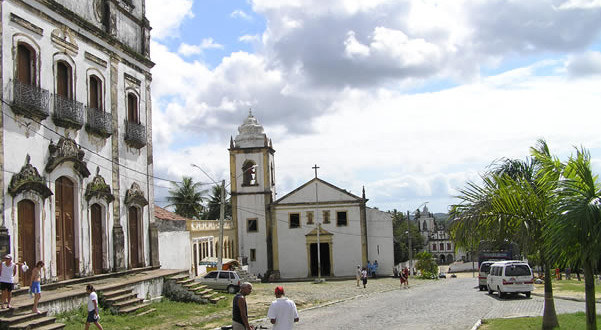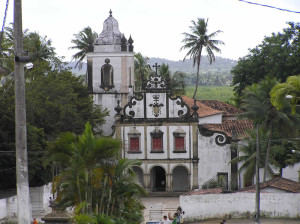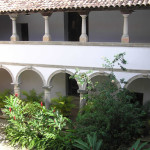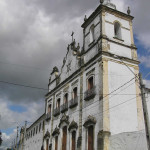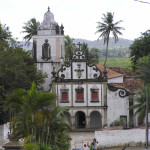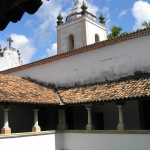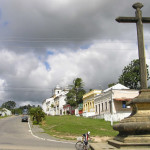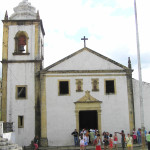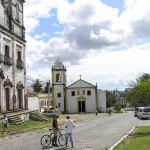Written by Marco Ramerini. English text revision by Dietrich Köster.
Igarassu (Igaraçu) is a beautiful little village situated 30 km north of Recife. In 1535 the Portuguese Duarte Coelho landed on this place to occupy his captaincy, donated by the Portuguese Crown. Duarte Coelho installed a stone mark, functioning as a dividing spot between the captaincies of Pernambuco and Itamaracá. This monument is still visible today, is called Marco de Pedra, the monument consists of a quadrangular structure, on which there is a cylindrical column decorated with the coat of arms of Portugal.
The historical part of Igarassu is one of the best preserved architectural and historic areas of the state of Pernambuco. Among the architectural masterminds of this small town in Brazil there are the Igreja Matriz dos Santos Cosme and Damião built in 1535, the Convento do Sagrado Coração de Jesus, the Convento de Santo Antônio, the Casa de Câmara e Cadeia built in the eighteenth century.
In 1537 Vila de Igaraçu (Igaraçu Town) was founded, its name meaning “big canoe”. Here the oldest church of the country (1535) is to be found, that of São Cosme e Damião. Another place to visit is the Convent of Santo Antônio, built in 1588 by the Franciscans. Today it contains the Museu Pinacoteca (art museum) with a very interesting collection of paintings. A great variety of paintings and picture panels of the 17th and 18th centuries are on display. Igarassu is an interesting stop on the road to Itamaracá and Fort Orange.
- Cloister of the Franciscan Convento de Santo Antônio (1588), Igarassu, Pernambuco, Brazil. Author and Copyright Marco Ramerini.
- Convento do Sagrado Coração de Jesus, Igarassu, Pernambuco, Brazil. Author and Copyright Marco Ramerini
- Convento de Santo Antônio (1588), Igarassu, Pernambuco, Brazil. Author and Copyright Marco Ramerini
- Cloister of the Franciscan Convento de Santo Antônio (1588), Igarassu, Pernambuco, Brazil. Author and Copyright Marco Ramerini
- Igarassu, Pernambuco, Brazil. Author and Copyright Marco Ramerini.
- Church of São Cosme and Damião, Igarassu. It’s the oldest church of Brazil (1535). Author and Copyright Marco Ramerini.
- Church of São Cosme e Damião (1535), Igarassu, Pernambuco, Brazil. Author and Copyright Marco Ramerini
 Colonial Voyage The website dedicated to the Colonial History
Colonial Voyage The website dedicated to the Colonial History
